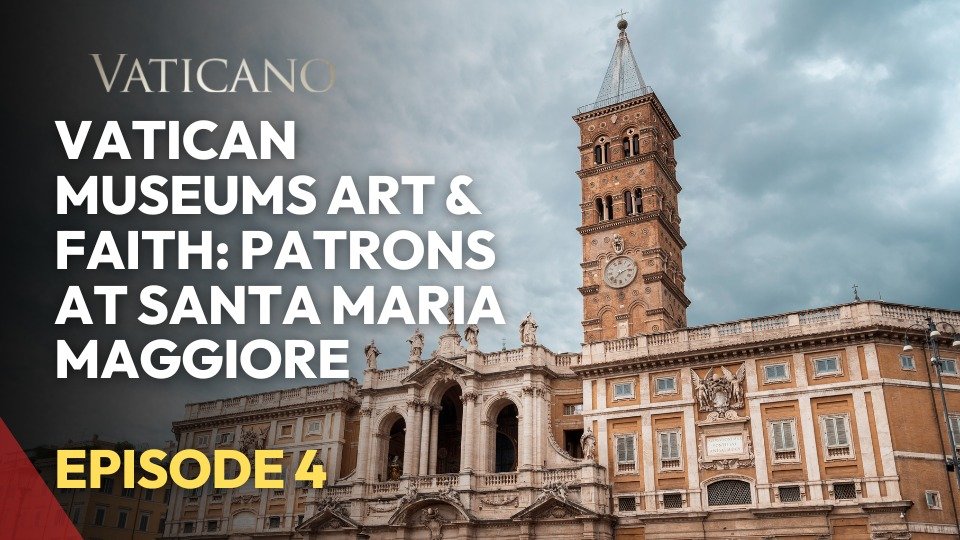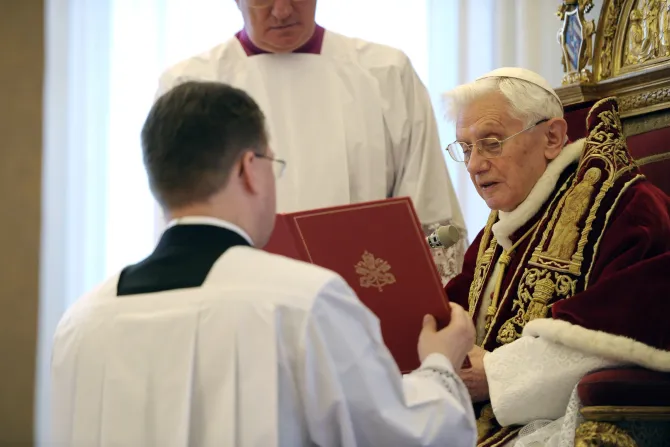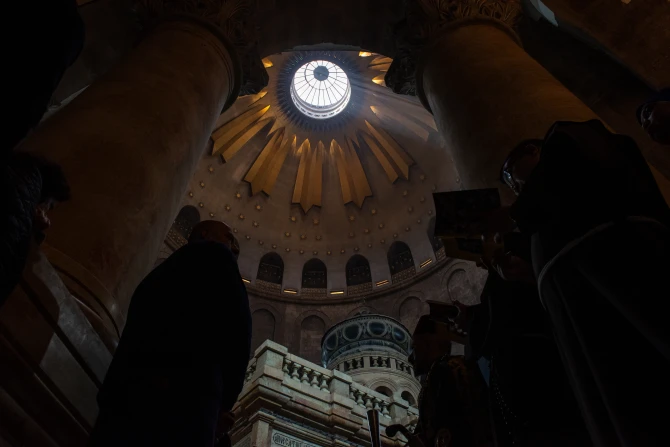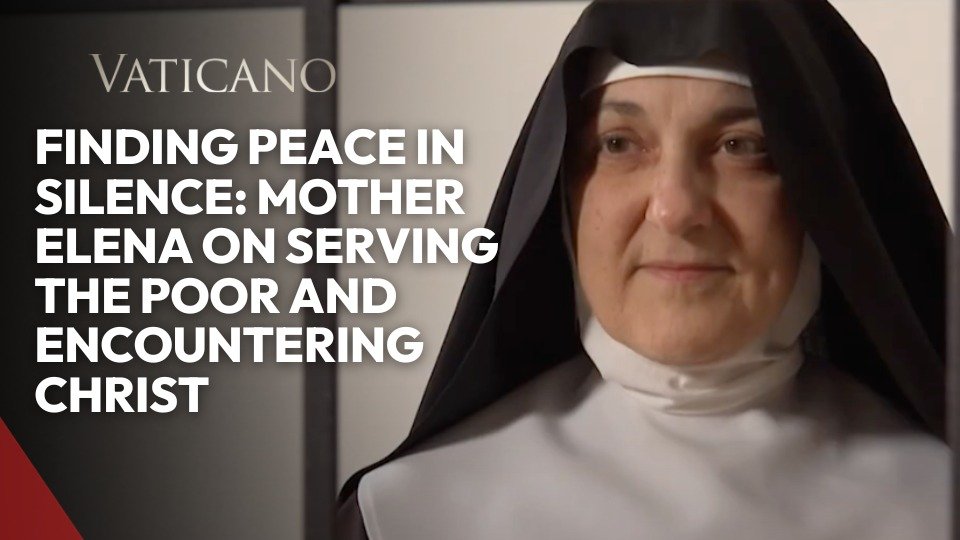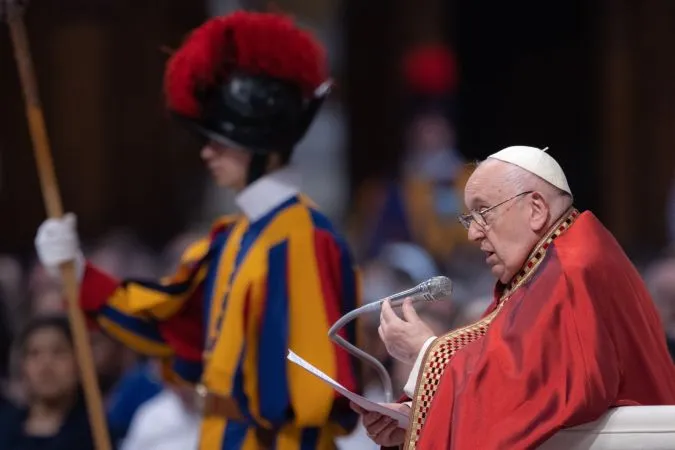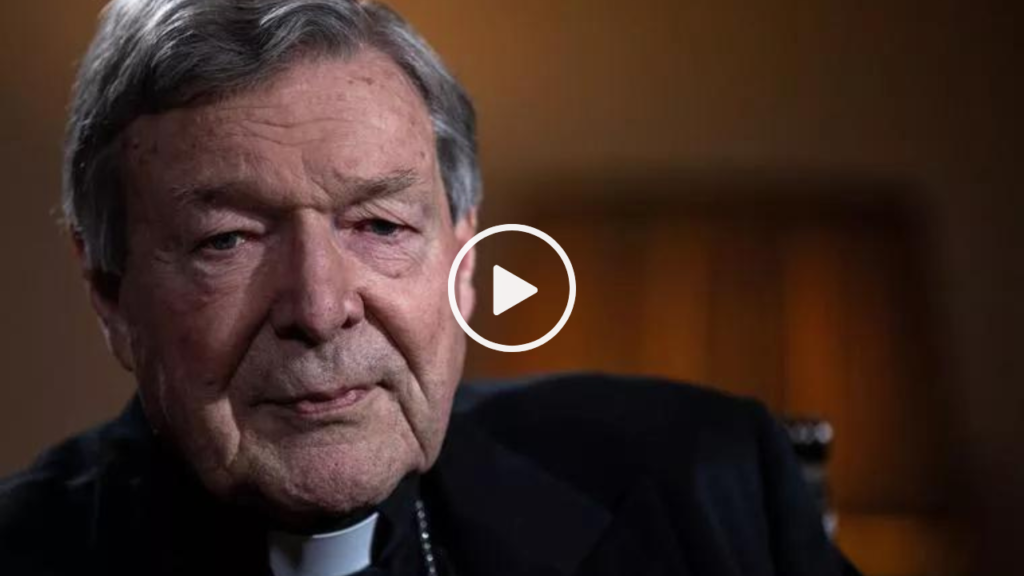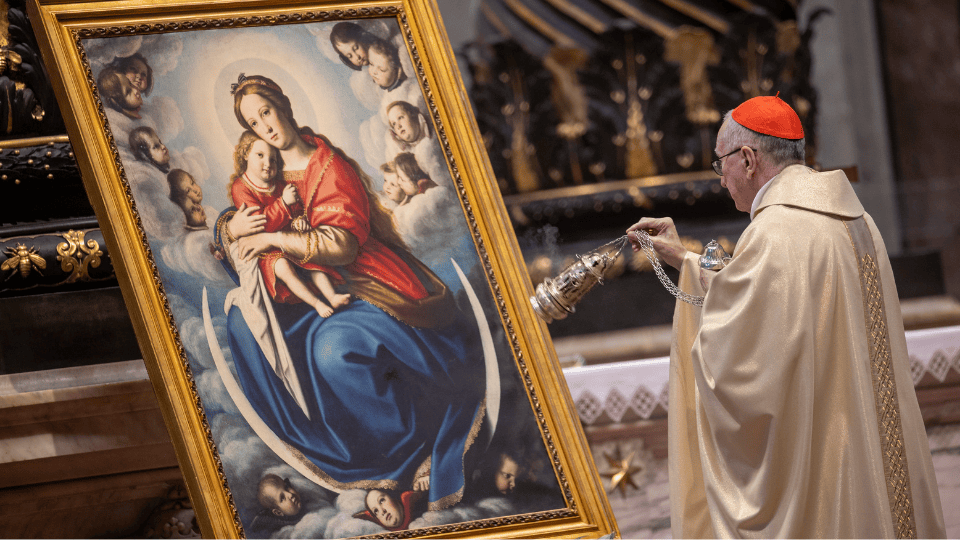In the evening on the third day of their 40th Anniversary Celebration, the Patrons of the Arts of the Vatican Museums visited the Papal Basilica of Santa Maria Maggiore in the center of Rome. Here they attended Holy Mass and reflected on their mission with treasures of art and faith before them.
Archbishop Rolandas Makrickas, extraordinary commissioner for the Basilica of Santa Maria Maggiore, highlighte that, “This ancient basilica enshrines the venerated image of Salus Populi Romani, perhaps the oldest Marian image in Rome. We find Jesus, the Son of God, the Savior who is born for us, always close by, always inseparable. This is the message we have found through this ancient place of worship. God is with us.”
Sister Emanuela Edwards, Head of Educational Activities for the Vatican Museums, explains it this way, “The coming of the Lord is the greatest love story ever told.” She says, “When we see a beautiful work of art, we’re reminded of that gospel story. And so those who have never heard the wonderful story that God loves them and came and became Man in order to save them by looking at a masterpiece and asking, What does it mean? What is the story? They can find this wonderful story also for them.”
Andreas Thonhauser, EWTN Vatican Bureau Chief, standing in the Borgia Apartments, emphasized the work of the Patrons, “When speaking about restorations in the Vatican museums, we shouldn’t only think of single pieces of art like a painting here or a statue there, but really about the museums themselves that are a big work of art. A good example for that are the Borgia Apartments where we’re at right now, with beautiful ceilings and where those frescoes have been restored by the patrons of the arts of the Vatican, museums really bringing to life those beautiful paintings with their vivid colors and textures.”
Another place where frescoes are brought back to life are the Raphael Rooms. Inside the Hall of Constantine after eight years of work, scaffolding now scales the final wall needing restoration.
Restorers are putting on the finishing touches. Up close, one even can see the difference between the old and new frescoes.
In addition to frescoed interiors, scaffolding surrounds sculptures too large for the laboratory. One example is the bronze statue of Hercules which is approximately four meters or 13 feet tall.
It was discovered 1864 underneath the courtyard of a villa near Campo de’ Fiori in Rome. The ancient Romans had buried it there according to their religious customs because it had been struck by lightning.
At the Bramante Courtyard, the colossal marble head known as the “Agosto Mattei” was discovered in the 16th century in a small vineyard on the Aventine Hill.
Restorers are using a mortar made from lime, marble powder, and other natural materials to repair damages and facial features.
Dr. Johan van Parys of the Patrons Minnesota & North Dakota Chapter (USA), noted the responsibility to care for art, “When you are given lots of art, you are given the responsibility to also care for this art. There is a missionary aspect to the art as well. Art evangelizes, and I believe art evangelizes in different ways, not necessarily an immediate conversion, but slowly but surely evangelize people and changes people’s heart.”
With this in mind, even pagan art can teach us about the relationship between God and man when observed in the proper context.
Sister Emanuela Edwards said, “Pagan art is very important because it testifies that man always searches for God. We can go and see these wonderful images of the Greek and Roman gods, and we’re reminded there’s something innate in man.”
Sister explained further, “By looking at these ancient collections, we’re preparing people to receive the revolution, which is the truth, that God became man and walked on the earth.
Next week on Vaticano, we come to the final installment on the Patrons of the Arts of the Vatican Museums as they reflect on their journey ahead and receive a private audience with the Holy Father.
This article was edited by Jacob Stein.

